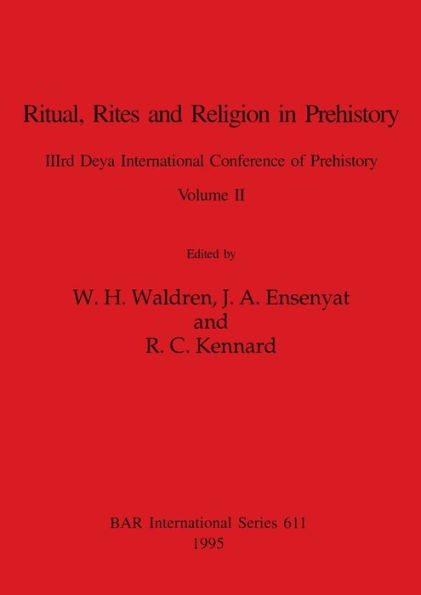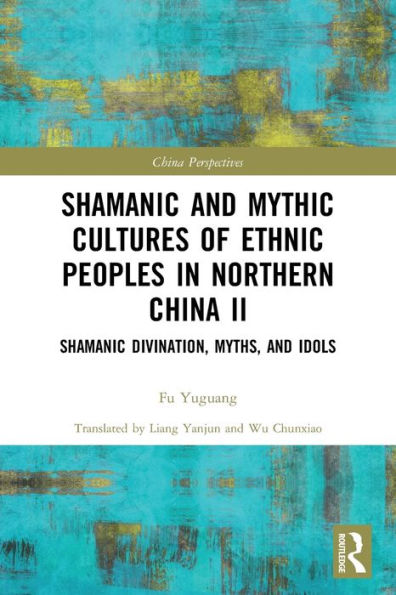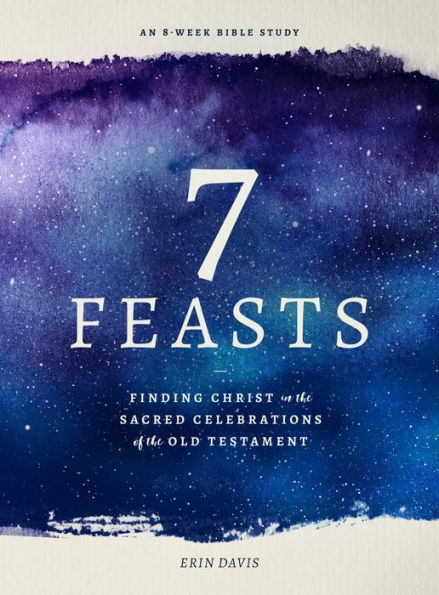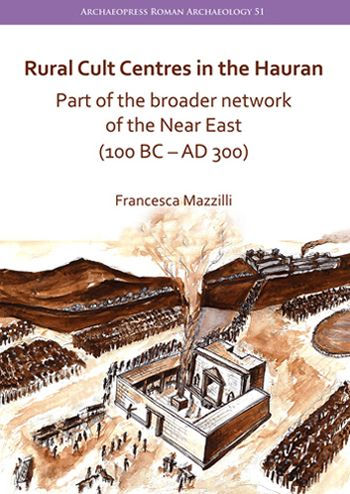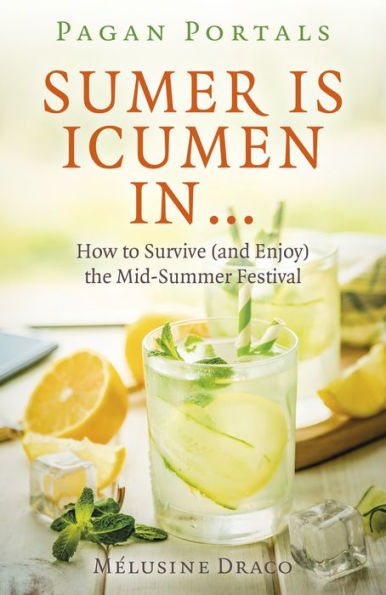Home
Two Festivals Celebrated by a Hittite Prince (CTH 647.I and II-III): New Light on Local Cults in North-Central Anatolia in the Second Millennium BC
Barnes and Noble
Two Festivals Celebrated by a Hittite Prince (CTH 647.I and II-III): New Light on Local Cults in North-Central Anatolia in the Second Millennium BC
Current price: $87.00
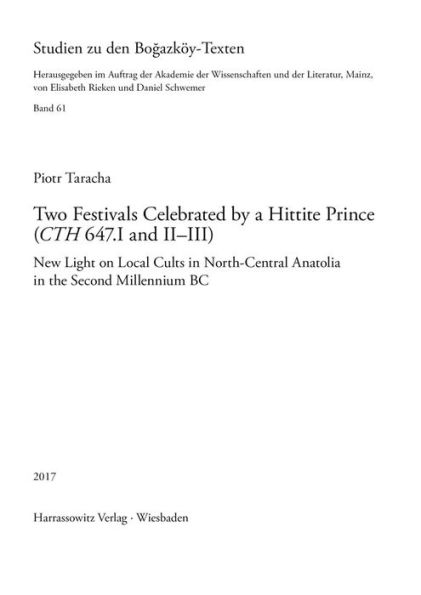

Barnes and Noble
Two Festivals Celebrated by a Hittite Prince (CTH 647.I and II-III): New Light on Local Cults in North-Central Anatolia in the Second Millennium BC
Current price: $87.00
Size: OS
Loading Inventory...
*Product information may vary - to confirm product availability, pricing, shipping and return information please contact Barnes and Noble
The festivals presented in this book are worth to be studied by scholars of religion and cult in Hittite Anatolia. These festivals were performed in one of the Hittite cities cultivating Hattian cult traditions. The traditional cult calendar was based primarily on the vegetation and agrarian cycles, with festivals in the spring and fall being of special importance. The present volume deals with one of these local spring festivals (CTH 647.II-III). The participation of the crown prince indicates that the festival was part of the state cult, indirectly attesting to the importance of the center in the structure of the Hittite state and its relationship to the capital Ḫattuša. Almost 40 cuneiform texts (including five hitherto unpublished) belonging to 13 different exemplars have been newly arranged, carefully edited and translated. The surviving documents permit the festival's history to be traced for a period of about two hundred years, showing continuity and change from the mid-15th to the 13th century BC. In the late 13th century, it was transformed into a local festival of the AN.TAH.s UM plant (CTH 647.I) that became a new symbol of the beginning of spring vegetation. The latter festival is preserved as just one copy of which about half of the original text can be restored. Successive chapters attempt to identify the city where the festivals were celebrated, describe the local pantheon (including deities of which little has been known until now) and discuss the inner hierarchy of the priestly college, providing new information about indigenous religious beliefs and cult traditions.




